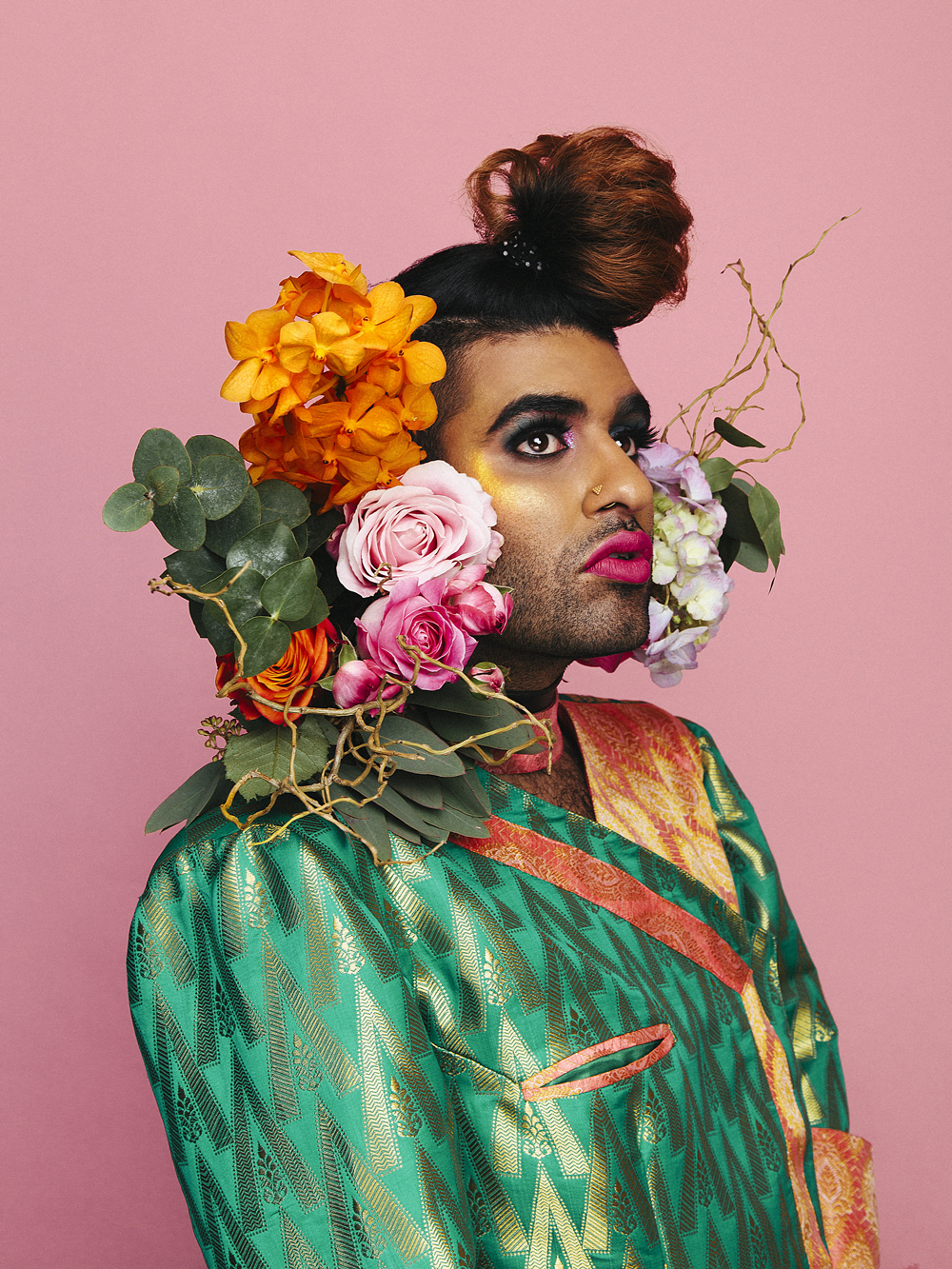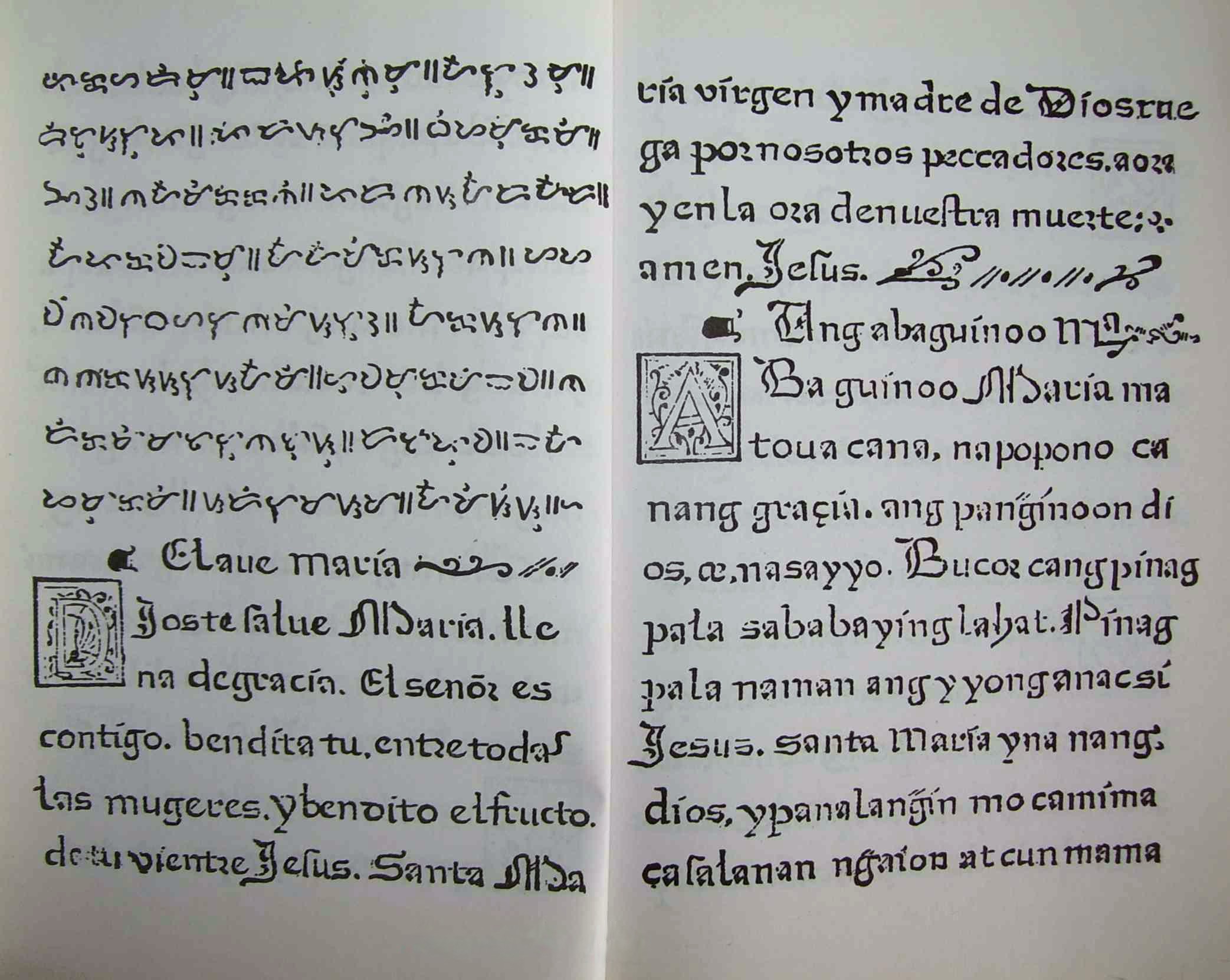|
Bakla
In the Philippines, a baklâ ( Tagalog and Cebuano) (), bayot (Cebuano) or agî ( Hiligaynon) is a person who was assigned male at birth and has adopted a gender expression that is feminine. They are often considered a third gender. Many bakla are exclusively attracted to men and some identify as women. The polar opposite of the term in Philippine culture is ''tomboy'' (natively the ''lakin-on'' or ''binalaki''), which refers to women with a masculine gender expression (usually, but not always, lesbian). The term is commonly incorrectly applied to trans women. Bakla are socially and economically integrated into Filipino society, having been accepted by society prior to Western colonization, many of which were held in high regard and performed the role of spiritual leaders known as babaylan, katalonan, and other shamans in the indigenous Philippine folk religions. In modern times, a minority group of Filipinos disapprove or reject the baklas, usually on religious grounds alle ... [...More Info...] [...Related Items...] OR: [Wikipedia] [Google] [Baidu] |
Katalonan
Filipino shamans, commonly known as (also ''balian'' or , among many other names), were Shamanism, shamans of the various Ethnic groups in the Philippines, ethnic groups of the History of the Philippines (900–1521), pre-colonial Philippines, Philippine islands. These shamans specialized in communicating, appeasing, or harnessing the ancestor spirit, spirits of the dead and the nature spirits, spirits of nature. They were almost always women or Bakla, feminized men ( or ). They were believed to have spirit guides, by which they could contact and interact with the spirits and deities (''anito'' or ''Anito, diwata'') and the Spirit world (Spiritualism), spirit world. Their primary role were as mediumship, mediums during ''pag-anito'' séance rituals. There were also various subtypes of specializing in the arts of Traditional medicine, healing and herbalism, divination, and Witchcraft, sorcery. Terminology The most common native terms for shamans among Austronesian peoples, Au ... [...More Info...] [...Related Items...] OR: [Wikipedia] [Google] [Baidu] |
Babaylan
Filipino shamans, commonly known as (also ''balian'' or , among many other names), were shamans of the various ethnic groups of the pre-colonial Philippine islands. These shamans specialized in communicating, appeasing, or harnessing the spirits of the dead and the spirits of nature. They were almost always women or feminized men ( or ). They were believed to have spirit guides, by which they could contact and interact with the spirits and deities (''anito'' or ''diwata'') and the spirit world. Their primary role were as mediums during ''pag-anito'' séance rituals. There were also various subtypes of specializing in the arts of healing and herbalism, divination, and sorcery. Terminology The most common native terms for shamans among Austronesian groups in Island Southeast Asia are ''balian'', ''baylan'', or cognates and spelling variants thereof. They are all derived from Proto-Western-Malayo-Polynesian ''*balian'', meaning "shaman" (probably originally female, tr ... [...More Info...] [...Related Items...] OR: [Wikipedia] [Google] [Baidu] |
Third Gender
Third gender or third sex is an identity recognizing individuals categorized, either by themselves or by society, as neither a man nor a woman. Many gender systems around the world include three or more genders, deriving the concept either from the traditional, historical recognition of such individuals or from its modern development in the LGBTQ+ community, which can include third gender people as a non-binary identity. The term ''third'' is usually understood to mean "other", though some societies use the concept to encompass fourth and fifthGraham, Sharyn (2001)Sulawesi's fifth gender, Inside Indonesia, April–June 2001. genders. The state of personally identifying as, or being identified by society as, a man, a woman, or other is usually also defined by the individual's gender identity and gender role in the particular culture in which they live. Most cultures use a gender binary, having two genders (boys/men and girls/women).Kevin L. Nadal, ''The SAGE Encyclopedia of Psyc ... [...More Info...] [...Related Items...] OR: [Wikipedia] [Google] [Baidu] |
Effeminate
Effeminacy or male femininity is the embodiment of feminine traits in boys or men, particularly those considered untypical of men or masculinity. These traits include roles, stereotypes, behaviors, and appearances that are socially associated with girls and women. Throughout Western civilization, men considered effeminate have faced prejudice and discrimination. Gay men are often stereotyped as being effeminate, and vice versa. However, femininity, masculinity, and other forms of gender expression are independent of sexual orientation Sexual orientation is an enduring personal pattern of romantic attraction or sexual attraction (or a combination of these) to persons of the opposite sex or gender, the same sex or gender, or to both sexes or more than one gender. Patterns ar .... Terminology ''Effeminate'' comes from Latin ''wikt:effeminatus, effeminātus'', from the factitive prefix ''ex-'' (from ''ex'' 'out') and ''femina'' 'woman'; it means 'made feminine, emasculated, ... [...More Info...] [...Related Items...] OR: [Wikipedia] [Google] [Baidu] |
Indigenous Philippine Folk Religions
Indigenous Philippine folk religions are the distinct native religions of various ethnic groups in the Philippines, where most follow belief systems in line with animism. These Indigenous folk religionsAlmocera, Ruel A., (2005) Popular Filipino Spiritual Beliefs with a proposed Theological Response. in Doing Theology in the Philippines. Suk, John., Ed. Mandaluyong: OMF Literature Inc. Pp 78-98 where a set of local worship traditions are devoted to the ''anito'' or ''Diwata (other), diwata'' (and their variables), terms which translate to Gods, spirits, and ancestors.Maggay, Melba Padilla (1999). Filipino Religious Consciousness. Quezon City: Institute for Studies in Asian Church and Culture. Many of the narratives within the indigenous folk religions are orally transmitted to the next generation, but many have traditionally been written down as well. The Spanish colonizers have claimed that the natives did not have religious writings, but records show otherwise. Accoun ... [...More Info...] [...Related Items...] OR: [Wikipedia] [Google] [Baidu] |
Gender Non-conforming
Gender nonconformity or gender variance is gender expression by an individual whose behavior, mannerisms, and/or appearance does not match masculine or feminine gender norms. A person can be gender-nonconforming regardless of their gender identity, for example, transgender, non-binary, or cisgender. Transgender adults who appear gender-nonconforming after transition are more likely to experience discrimination. Terminology Terms to describe gender variance include ''gender-variant'', ''gender-nonconforming'', ''gender-diverse,'' and ''gender-atypical''. The terms gender variance and gender-variant are used by scholars of psychology, psychiatry, anthropology, and gender studies, as well as advocacy groups of gender-variant people themselves. The term gender-variant is deliberately broad, encompassing such specific terms as ''transsexual'', ''butch'' and ''femme'', ''queen'', ''sissy'', ''tomboy'', ''femboy'', ''travesti'', or ''hijra''. The word transgender usually has ... [...More Info...] [...Related Items...] OR: [Wikipedia] [Google] [Baidu] |
History Of The Philippines (1565–1898)
The history of the Philippines from 1565 to 1898 is known as the Spanish colonial period, during which the Philippine Islands were ruled as the Captaincy General of the Philippines within the Spanish East Indies, initially under the Viceroyalty of New Spain, based in Mexico City, until the independence of the Mexican Empire from Spain in 1821. This resulted in direct Spanish control during a period of governmental instability there. The first documented European contact with the Philippines was made in 1521 by Ferdinand Magellan in his circumnavigation expedition, during which he was killed in the Battle of Mactan. Forty-four years later, a Spanish expedition led by Miguel López de Legazpi left modern Mexico and began the Spanish conquest of the Philippines in the late 16th century. Legazpi's expedition arrived in the Philippines in 1565, a year after an earnest intent to colonize the country, which was during the reign of Philip II of Spain, whose name has remained a ... [...More Info...] [...Related Items...] OR: [Wikipedia] [Google] [Baidu] |
Homosexual Men
Gay men are male homosexuals. Some bisexual men, bisexual and homoromantic men may dually identify as ''gay'' and a number of gay men also identify as ''queer''. Historic terminology for gay men has included ''Sexual inversion (sexology), inverts'' and ''Uranian (sexology), uranians''. Gay men continue to face significant Discrimination against gay men, discrimination in LGBT rights by country or territory, large parts of the world, particularly in most of LGBT rights in Asia, Asia and LGBT rights in Africa, Africa. In the LGBT rights in the United States, United States and the western world, many gay men still experience discrimination in their daily lives, though some openly gay men have reached national success and prominence, including Apple Inc., Apple CEO Tim Cook and heads of state or government such as Edgars Rinkēvičs (president of Latvia since 2023). The word ''gay'' is recommended by LGBTQ groups and style guides to describe all people exclusively attracted to m ... [...More Info...] [...Related Items...] OR: [Wikipedia] [Google] [Baidu] |
Old Tagalog
Old Tagalog (; Baybayin: pre-virama: , post-virama rus kudlit ; post-virama amudpod ᜎᜓᜋᜅ᜕ ᜆᜄᜎᜓᜄ᜕), also known as Old Filipino, is the earliest form of the Tagalog language during the Classical period. It is the primary language of pre-colonial Tondo, Namayan and Maynila. The language originated from the Proto-Philippine language and evolved to Classical Tagalog, which was the basis for Modern Tagalog. Old Tagalog uses the Tagalog script or Baybayin, one of the scripts indigenous to the Philippines. Etymology The word ''Tagalog'' is derived from the endonym or (''taga-ilog'', "river dweller"), composed of (''tagá-'', "native of" or "from") and or (''ilog'', "river"). Very little is known about the ancient history of the language; linguists such as David Zorc and Robert Blust speculate that the Tagalogs and other Central Philippine ethno-linguistic groups had originated in Northeastern Mindanao or the Eastern Visayas. History Old Tagalo ... [...More Info...] [...Related Items...] OR: [Wikipedia] [Google] [Baidu] |
Shaman
Shamanism is a spiritual practice that involves a practitioner (shaman) interacting with the spirit world through altered states of consciousness, such as trance. The goal of this is usually to direct spirits or spiritual energies into the physical world for the purpose of healing, divination, or to aid human beings in some other way. Beliefs and practices categorized as shamanic have attracted the interest of scholars from a variety of disciplines, including anthropologists, archeologists, historians, religious studies scholars, philosophers, and psychologists. Hundreds of books and academic papers on the subject have been produced, with a peer-reviewed academic journal being devoted to the study of shamanism. Terminology Etymology The Modern English word ''shamanism'' derives from the Russian word , , which itself comes from the word from a Tungusic language – possibly from the southwestern dialect of the Evenki spoken by the Sym Evenki peoples, or from the ... [...More Info...] [...Related Items...] OR: [Wikipedia] [Google] [Baidu] |








